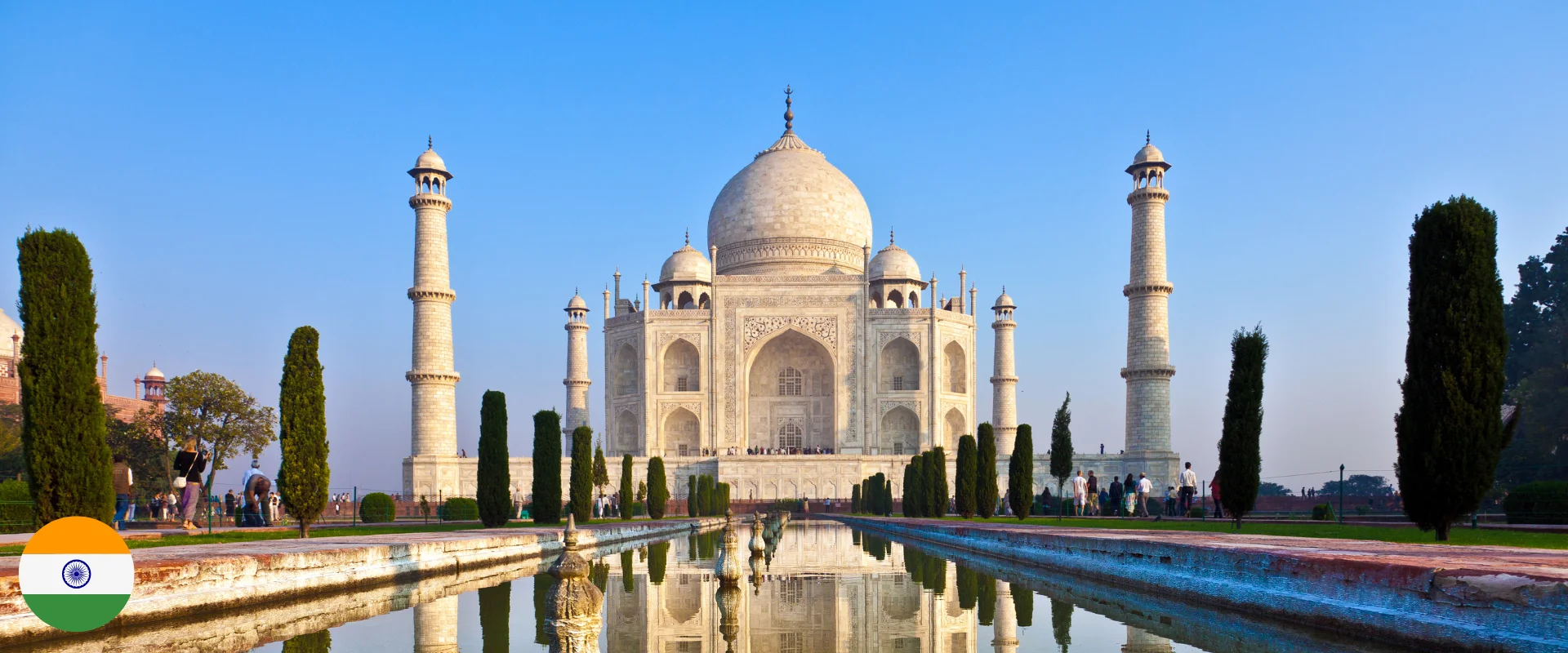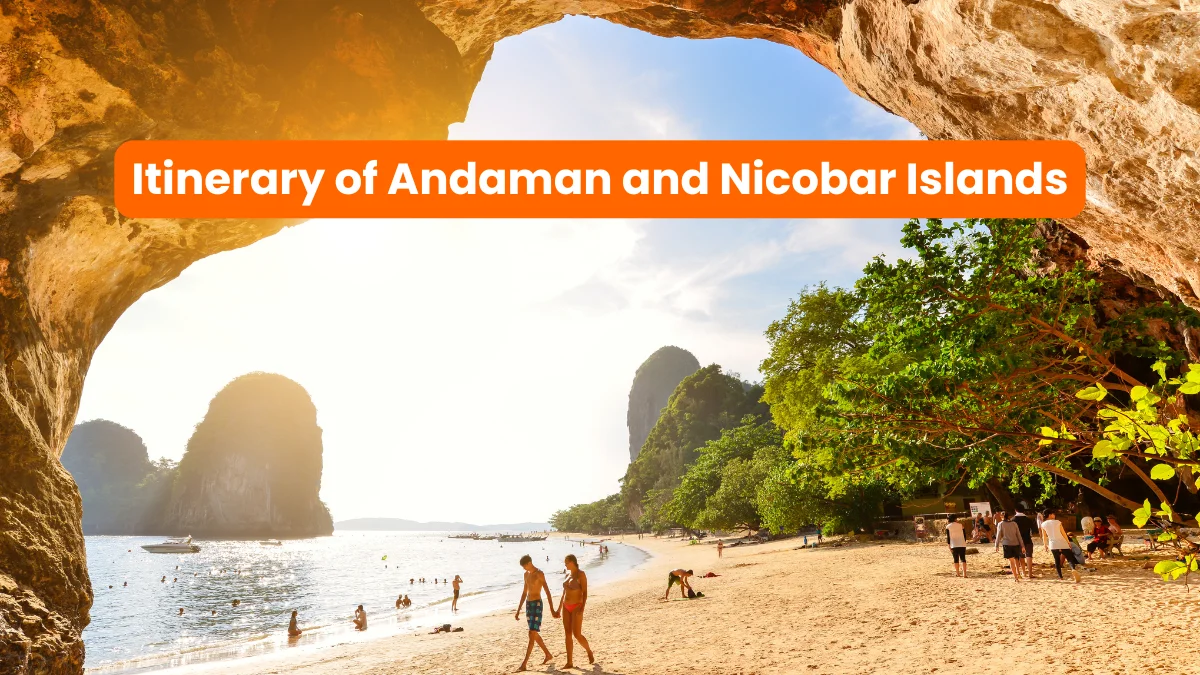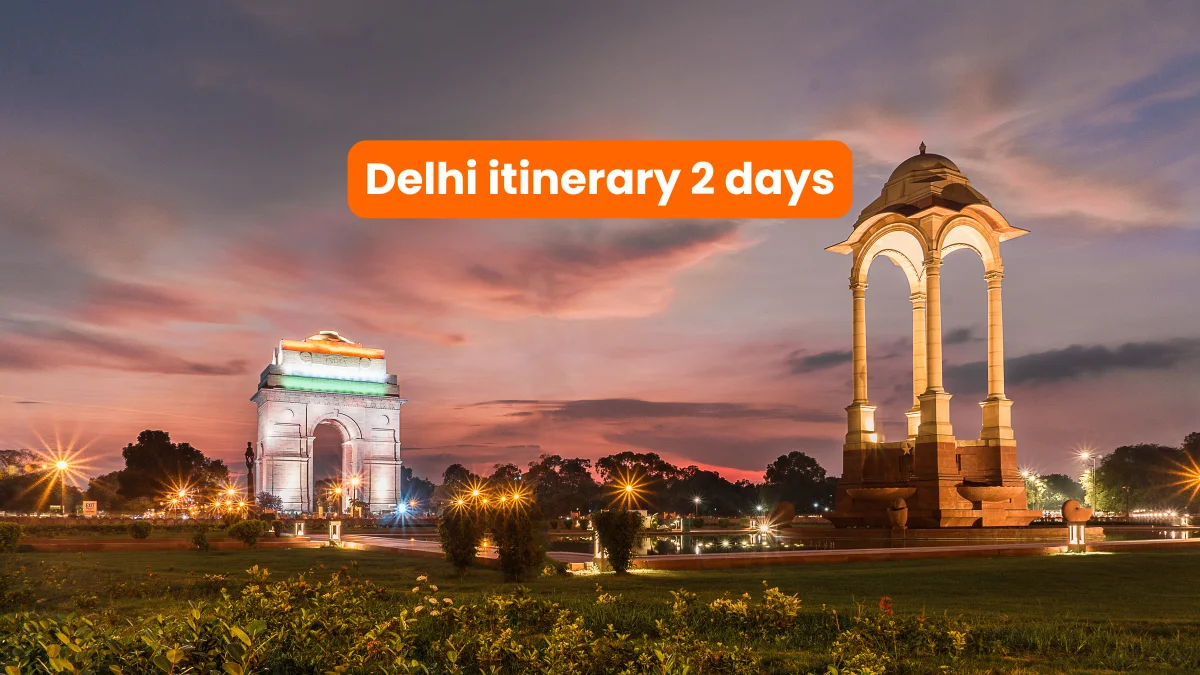With an appreciation for the many expressions of Indian culture, understanding its people and diversity enriches your journey further. India is a testament to the phrase “Unity in Diversity,” housing a myriad of languages, faiths, and traditions that coexist vibrantly. In the following sections, we dive into these cultural elements, highlighting how each facet contributes uniquely to India’s identity.
Unity in Diversity: Languages, Dress, Customs
India’s diversity is vividly illustrated through its linguistic, sartorial, and customary practices, all of which are deeply rooted yet varied across regions.
Languages play a pivotal role in creating India’s unique cultural mosaic. With 22 officially recognized languages and over 1,600 dialects, communication can be both a barrier and a bridge. While Hindi and English serve as common mediums, exploring regional languages like Tamil, Bengali, or Punjabi can provide deeper cultural connections.
Dress in India varies widely, reflecting local climates and customs. Traditional attire:
- Saris: Elegantly draped, symbolizing femininity and grace; commonly worn by women across situations.
- Kurtas and Pajamas: Preferred by men, offering comfort and elegance, especially during festivals or gatherings.
- Regional Outfits: Include the dhoti-kurta in the East or the lungi in the South a relaxed yet traditional choice for many.
Customs are deeply ingrained in daily life, from greeting others with a Namaste to showing respect by touching elders’ feet. Festivals highlight the customs across regions, emphasizing community and familial bonds.
This kaleidoscope of languages, attire, and customs highlights India’s remarkable ability to maintain distinct identities while nurturing a collective national pride. Each state, with its customized identity, enhances the allure of India as a diverse yet harmonious entity.
Rural vs. Urban Lifestyles
The dichotomy between rural and urban India highlights the contrasting experiences that define life across the country. Rural areas often offer a peaceful and slower pace of life, while urban centers vibrate with energy and modernity.
Rural India epitomizes simplicity, with a lifestyle closely tied to agriculture and the natural world. Community life is tightly knit, with collective farming and festivals showcasing the bond among villagers. Traditions are deeply observed, with significant adherence to cultural rituals and festivals serving as huge communal gatherings. Traveling in rural areas offers intimate glimpses into traditional arts and crafts, often passed down through generations.
Urban India, on the other hand, is a melting pot of cultures and opportunities. Major cities like Mumbai, Delhi, and Bangalore buzz with life, embodying a blend of tradition and cosmopolitan modernity. They harness technology and innovation, offering robust infrastructure and varied professional avenues. Urban centers host an array of restaurants, theaters, and shopping districts that showcase contemporary and traditional art and fashion.
The contrast between rural and urban areas lies not just in daily life but also in the values and opportunities afforded by each. Together, they embody the multifaceted personality of India, making it essential to experience both worlds for a comprehensive understanding of the country.
Hospitality and Community Bonds
Indian hospitality is famed worldwide, often rooted in the philosophical principle of Atithi Devo Bhava the guest is equivalent to God. Hospitality permeates all social interactions, creating a welcoming environment for travelers.
In India, hospitality goes beyond mere politeness; it manifests in everyday interactions as well as grand gestures during festivals and family events. Whether you’re a guest in a home or a stranger in need of assistance, Indian hosts traditionally go above and beyond to ensure comfort and share their culture with visitors.
Community bonds are strong, with gatherings and events creating vibrant social networks. Families often extend beyond the nuclear unit, involving extended relatives in celebrations and daily life. Festivals act as a conduit for community bonding, where everyone participates, showcasing unity and collective enjoyment.
Engaging with local communities during visits can deepen one’s appreciation for these bonds, offering insights into the strength and resilience that typify the Indian communal spirit. Partaking in local customs such as feasts, festivals, or even participating in a homestay can enrich your understanding and enjoyment of the cultural tapestry.





